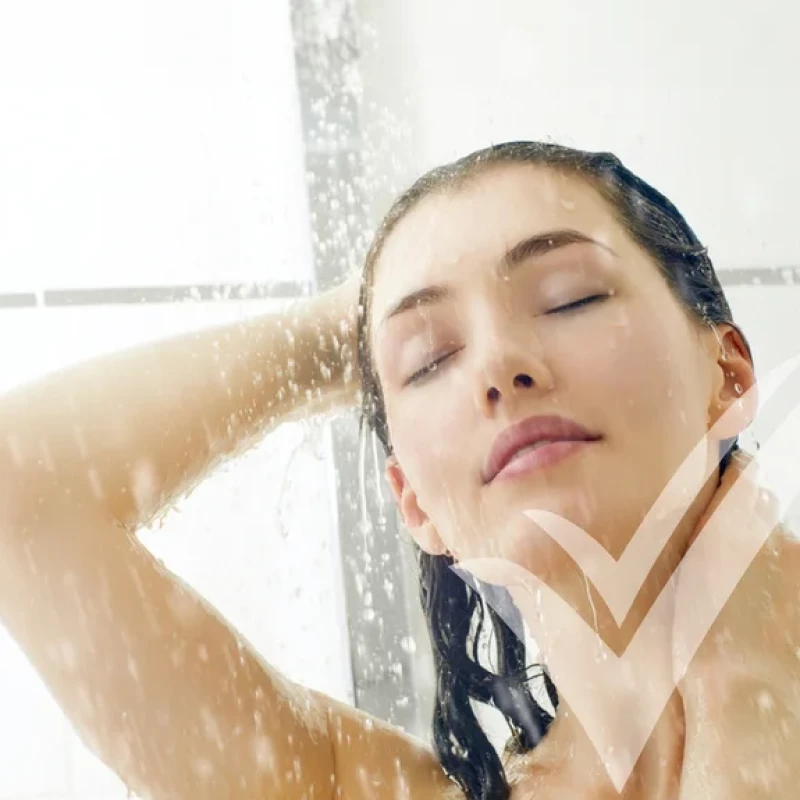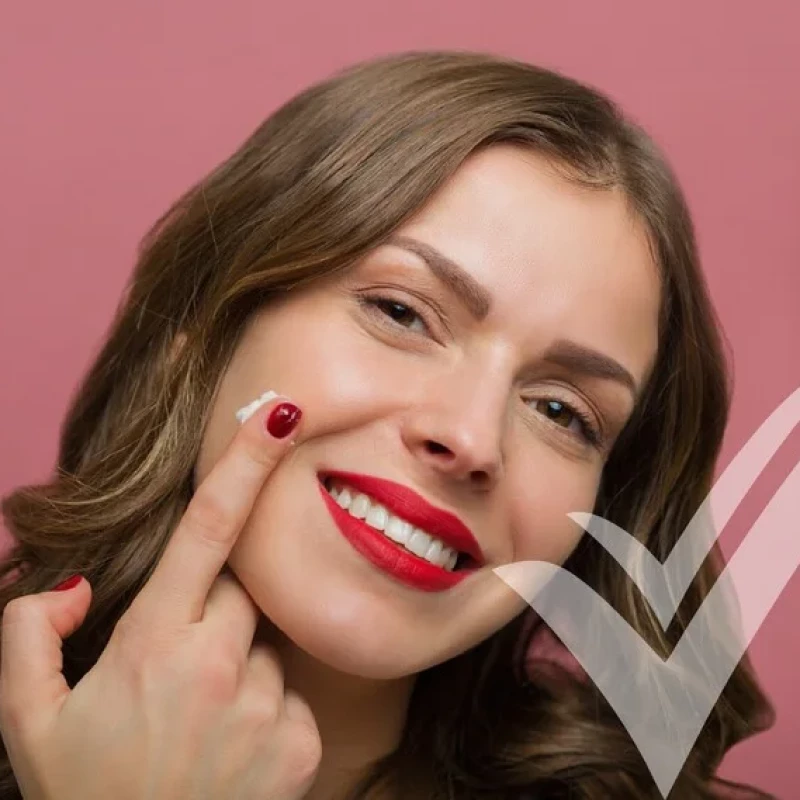Makeup authenticity checker
The cosmetics industry is a $49.2 billion industry in the U.S. [1], thus you can imagine its impact on people around the world. Since personal care and cosmetic products come directly in contact with our bodies, there is a need to look out for what ingredients companies are putting in their products.In the U.S., the FDA has failed to govern the cosmetic industry and consumers. The Federal Food and Drug Cosmetic Act was passed in 1938 [2] and remains unchanged today, even after 82 years. This has created a need for third parties to intervene and set specific standards to regulate the cosmetic industry.This blog will discuss the impact of third parties on the cosmetics industryand discuss how they use legal methods to regulate cosmetics.
Why Is There a Need for Third Parties in Cosmetic Safety?
Most consumers believe that the products they see on the shelves are regulated by the FDA before they hit the market. Little do they know that the FDA does not even require testing of ingredients before the product is stacked on shelves. FDA’s lack of basic tools makes it necessary for third parties like the Environmental Working Group (EWG) and Cosmetics Ingredient Review (CIR) to step in and ensure the safety of cosmetic products.
Environmental Working Group (EWG)
The Environmental Working Group is a non-profit organization that is "dedicated to protecting human health and environment." EWG's goal is to stand up to ensure the health of the public when the government won't.The EWG team comprises a group of lawmakers, researchers, scientists, policy experts, and activists that aim to educate consumers about the health hazards of ingredients used in the cosmetic ingredients. They do so through their online safety database, reports, mobile app, and campaigns to increase consumer pressure on the Federal Government and cosmetic companies.
As a result of EWG’s efforts, many companies have stopped using potentially harmful ingredients in their products. Many have also started putting the “EWG Verified” logo on their packaging to show that all the ingredients in the product meet EWG’s strict criteria.
Cosmetic Ingredient Review (CIR)
Cosmetic Ingredient Review was established in 1976 with support from FDA. The organization works to determine the safety of ingredients used in the cosmetic industry and publishes reports in the form of literature. The literature is also often used by EWG to raise awareness about certain harmful toxins.
The CIR has a panel of experts that includes physicians and scientists that sit together and conduct open discussions on cosmetic products that affect public safety. Through their extensive research methods, they conduct clinical assessments of cosmetic ingredients and classify them into 4 categories— safe, unsafe, safe with qualifications, and insufficient data.
Do Third Parties Use Legal Methods to Regulate Safety?
Third parties like CIR and EWG use various methods to determine the safety of ingredients and publish their reports. EWG provides consumers information from published scientific literature, whereas CIR uses their own team of experts to assess the safety of ingredients.
Do Consumers Take Actions Based on Third-Party Annunciations?
Consumer pressure is real. Because of the efforts of third parties and pressure from consumers, many brands like L'Oréal and Unilever have removed harmful ingredients like phthalates from their products. Even Avon and Procter and Gamble have also agreed to remove phthalates. The California State Senator also passed the California Safe Cosmetics Act of 2005[3] under which he made it mandatory for cosmetic manufacturers in California to provide the Department of Health Services with a list of their products ingredients so they can identify the ones that contain harmful ingredients.
How Third-Party Announcements Affect the Cosmetic Industry
Third-party announcements create awareness amongst the public and empower them. As a result, the pressure on manufacturing companies increases, and they are forced to remove certain ingredients from their products. However, lately, many scientists and researchers have been questioning the works of EWG and are claiming that the organization's database shows a poor representation of scientific information. They have also gone as far as saying that EWG ratings indicate a lack of understanding of raw materials.
Conclusion
The influence of third parties on the cosmetic industry cannot be ignored; As they work hard to ensure health and safety standards, this makes their job even more difficult and valuable. Although their efforts are dubious, they still provide information to help you make a safe decision when buying cosmetics, and they have also officially succeeded in getting rid of many harmful chemicals in cosmetics, which is a huge achievement in itself.
References
- Shahbandeh, M. “Beauty Industry: Revenue in the U.S. 2020.” Statista, 5 Mar. 2020, www.statista.com/statistics/243742/revenue-of-the-cosmetic-industry-in-the-us/.
- Commissioner, Office of the. “How Did the Federal Food, Drug, and Cosmetic Act Come about?” U.S. Food and Drug Administration, FDA, www.fda.gov/about-fda/fda-basics/how-did-federal-food-drug-and-cosmetic-act-come-about.
- Washam, Cynthia. “California Enacts Safe Cosmetics Act.” Environmental Health Perspectives, National Institute of Environmental Health Sciences, July 2006, www.ncbi.nlm.nih.gov/pmc/articles/PMC1513294/.


